The seperate exposure meter was an indispensable accessory in the time before built-in and through the lens meters became the norm. Nowadays, when the attractions of old, all mechanical cameras has taken hold, exposure assessment often has to be made by the photographer in some way. In the past, a photoelectric meter could be had but a cheaper option would be a calculator like the Johnson of Hendon range, all I could afford at first, or you could just rely on the film instruction sheet. Granted, tolerances were not tight (e.g. ±30% for shutter speeds) and film could tolerate some variation so we can be moderately relaxed on the subject.
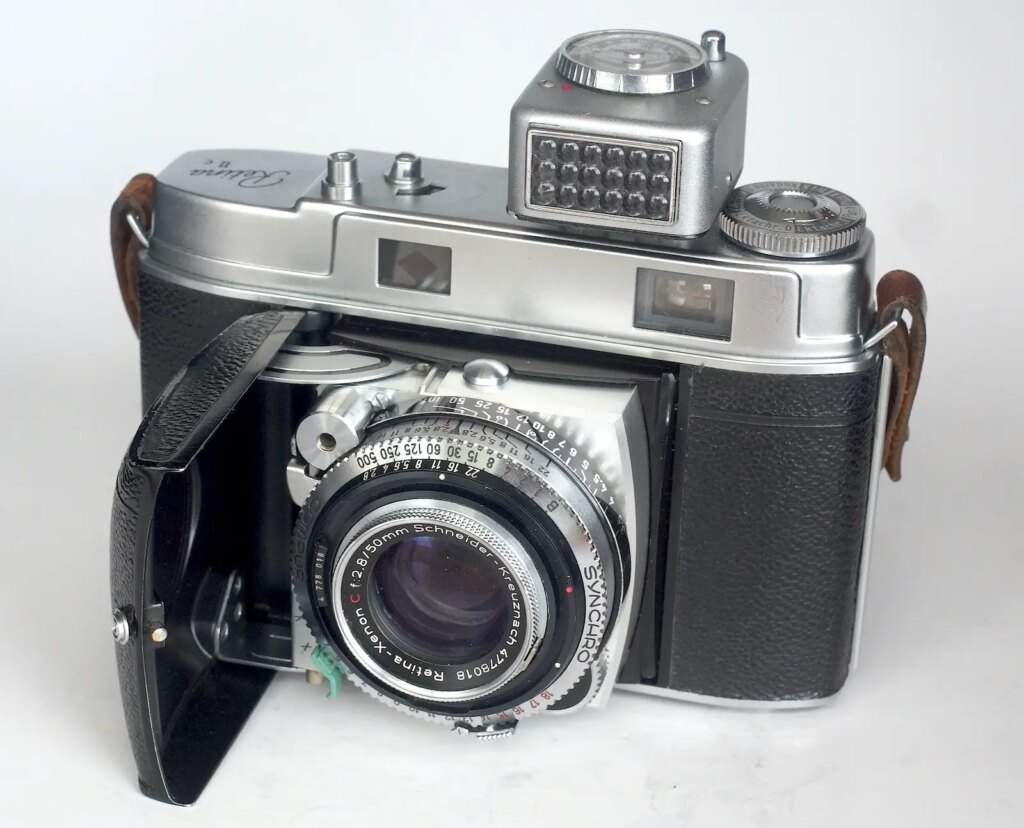

Aside from these, the sunny 16 convention is a good standby but a reliable means of establishing exposure is the best way to achieve consistent results, avoiding unwanted blocked shadows and blown highlights when not required creatively. Film latitude can also save the day sometimes but, again, when a full tonal range is needed good exposure is a must.
So, can I trust my old meter?
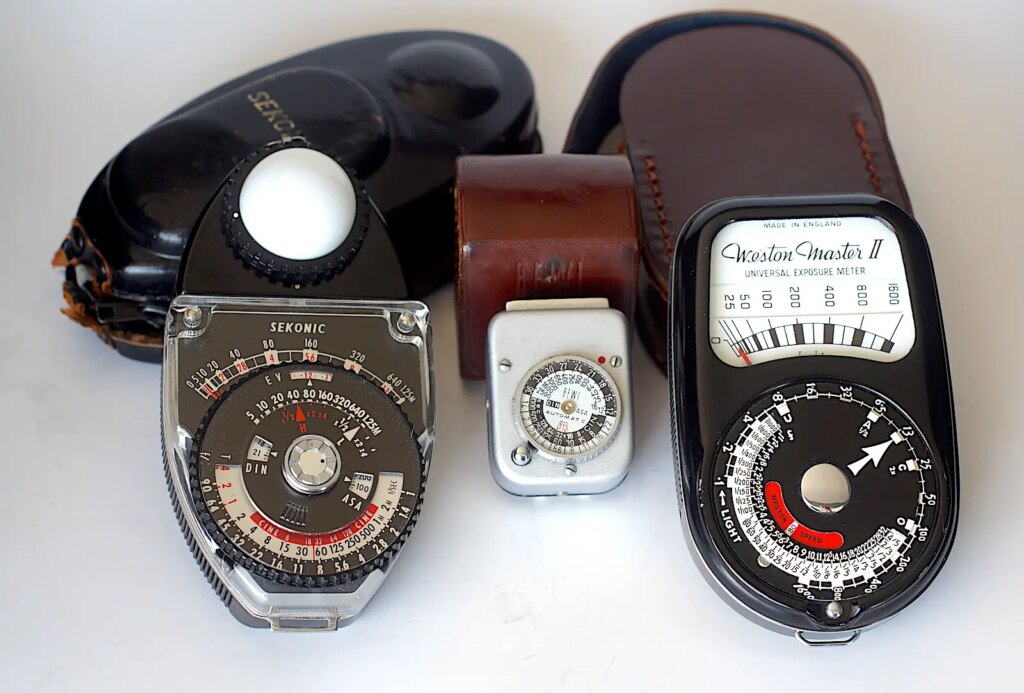
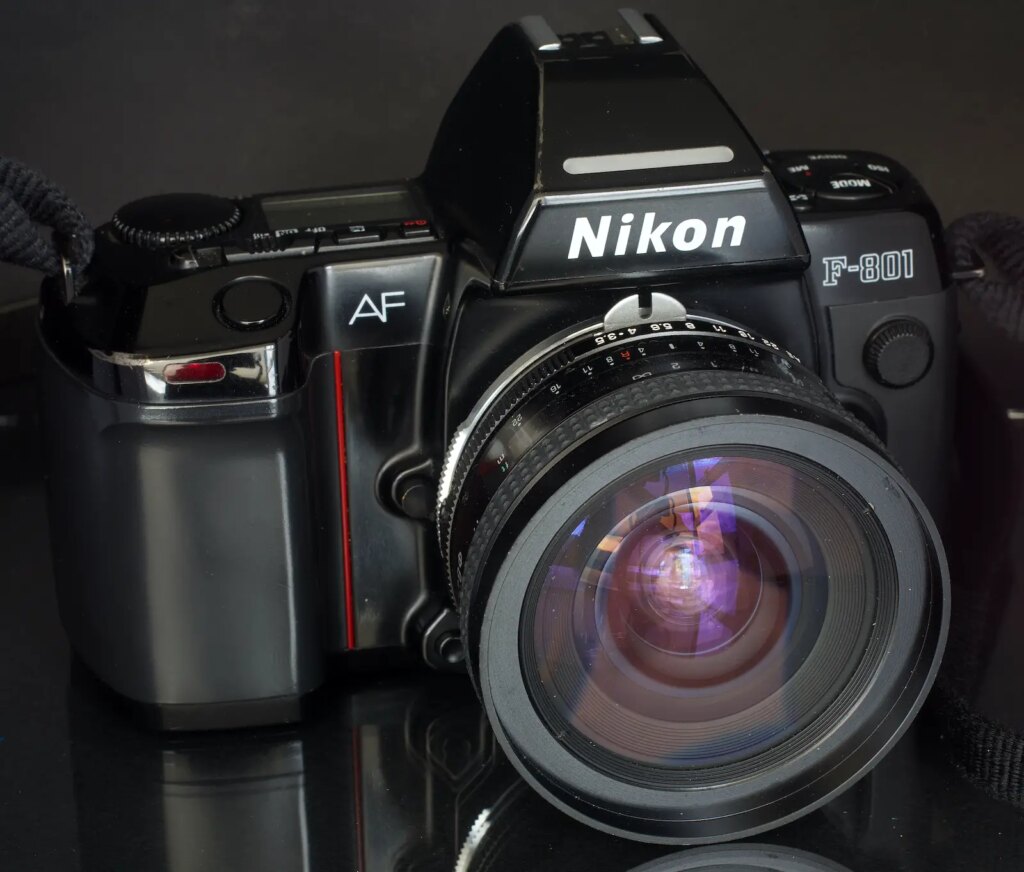
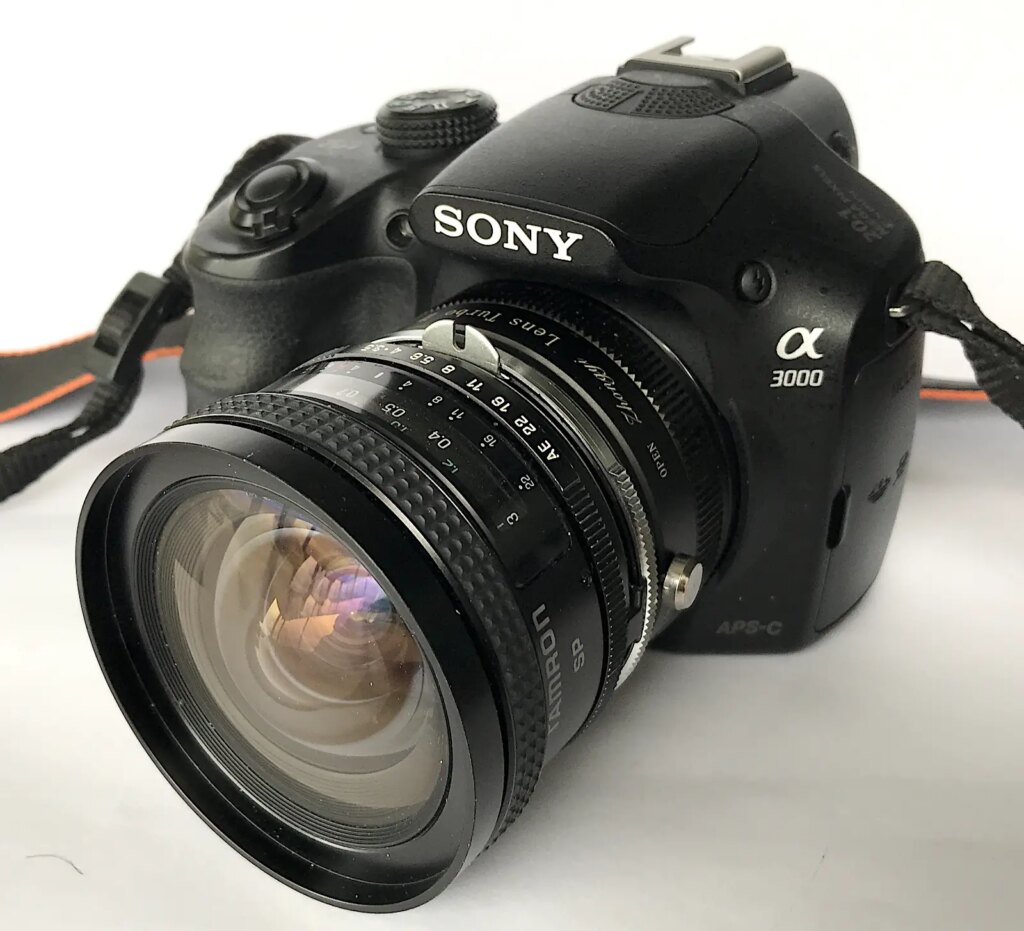
I have five light meters, hand held and TTL and of varying vintages which I use regularly, so I thought I would find out how they compare. They are, oldest to youngest, a Weston Master II from 1948, a Bewi Automat C shoe mounting from 1958, Sekonic Studio, reflected and incident, introduced in 1978, and TTL meters built into a 1988 Nikon F801 and a Sony A3000 digital from 2013.
To test them, I trained a couple of LED lights at 45º onto a plain wall to give even coverage and measured exposure with each meter from the same distance and position.
The resulting shutter speeds at ISO 100 and f5.6 in all case were as follows, working from the oldest to youngest again:-
Weston Master II – 1/40
Bewi Automat C – 1/60
Sekonic Studio incident reading – 1/40
Sekonic Studio reflected reading – 1/125
Nikon F801 with Tamron 28-200 zoom – 1/60
Sony A3000 with same lens – 1/60sec
They are within 1/3 of a stop of each other so pretty close except the Sekonic’s reflected result.
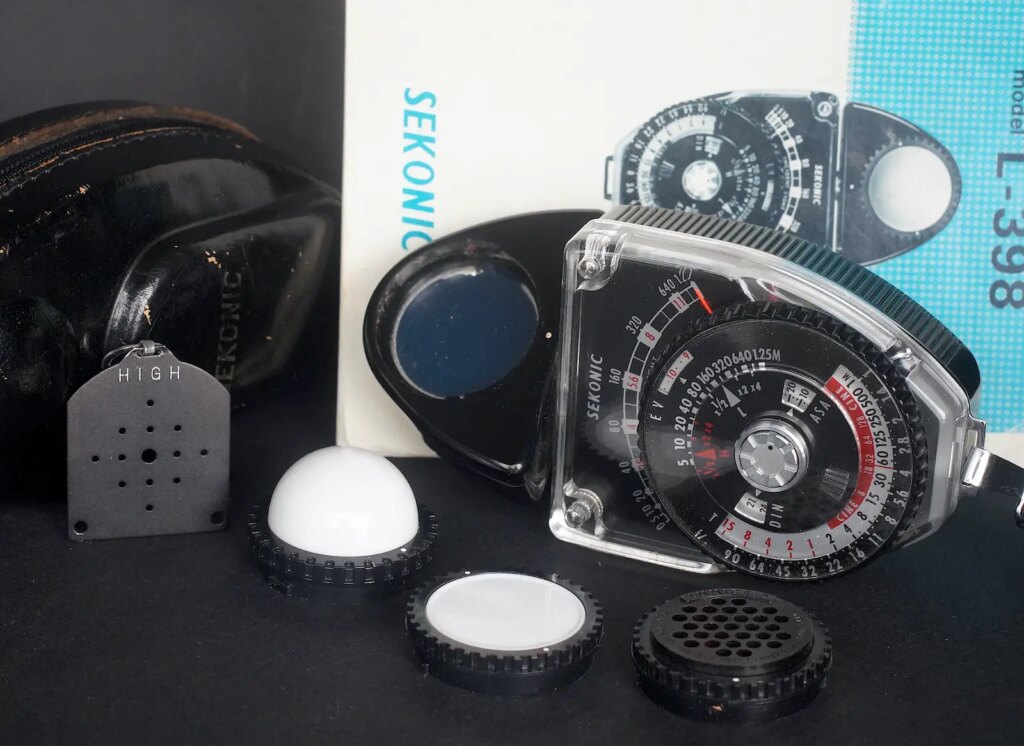
In a seperate test to check the Sekonic’s reflected option, I saw around one stop difference between the incident and reflected readings once again. The reflected function seems to be for one of its more technical purposes according to the manual so the meter is best used as an incident meter for general photography, which is the way I use it.
Something to take into account is that the standards governing film speeds were changed in the 1980s, affecting both the 1950s Weston and the 1958 Bewi, and possibly early versions of the Sekonic. This had the effect of doubling the speed rating, ASA(=ISO)50 becoming ASA100, halving the exposure needed.
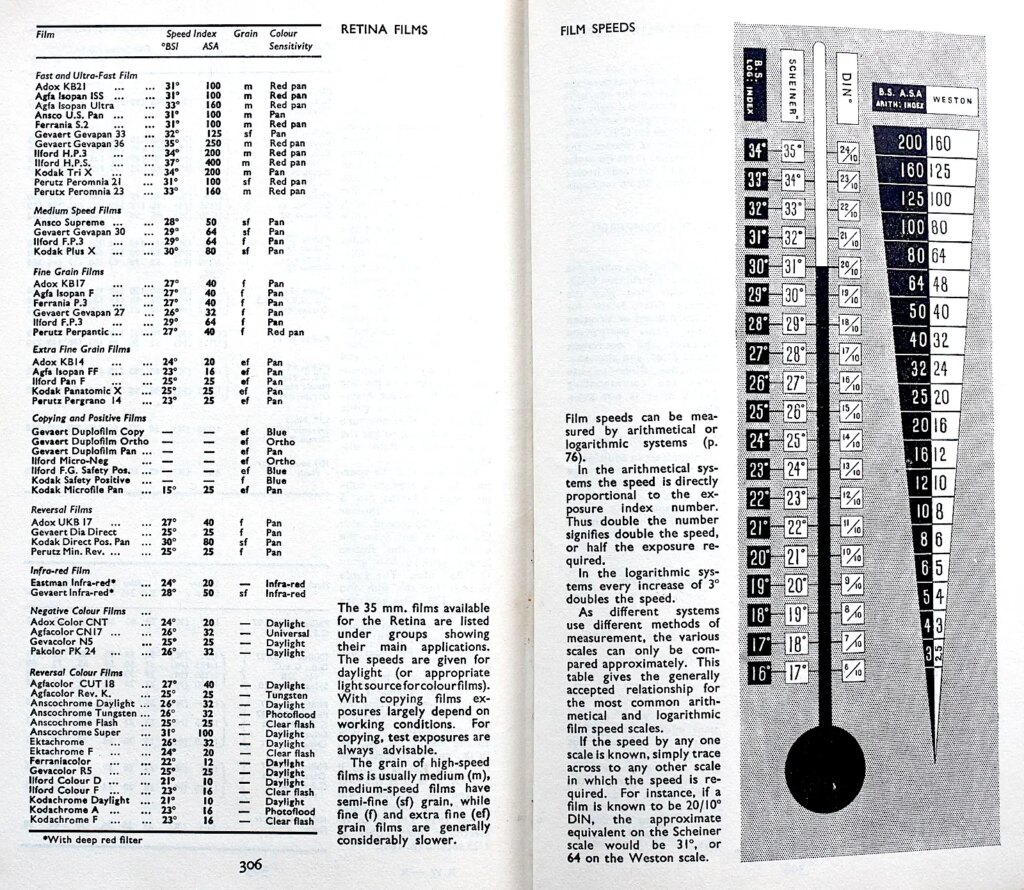
Various film speed systems can also cause some confusion, my Weston being a case in point. The chart shown taken from my 1957 copy of the Retina Way may help but bear in mind the 1980s adjustment.
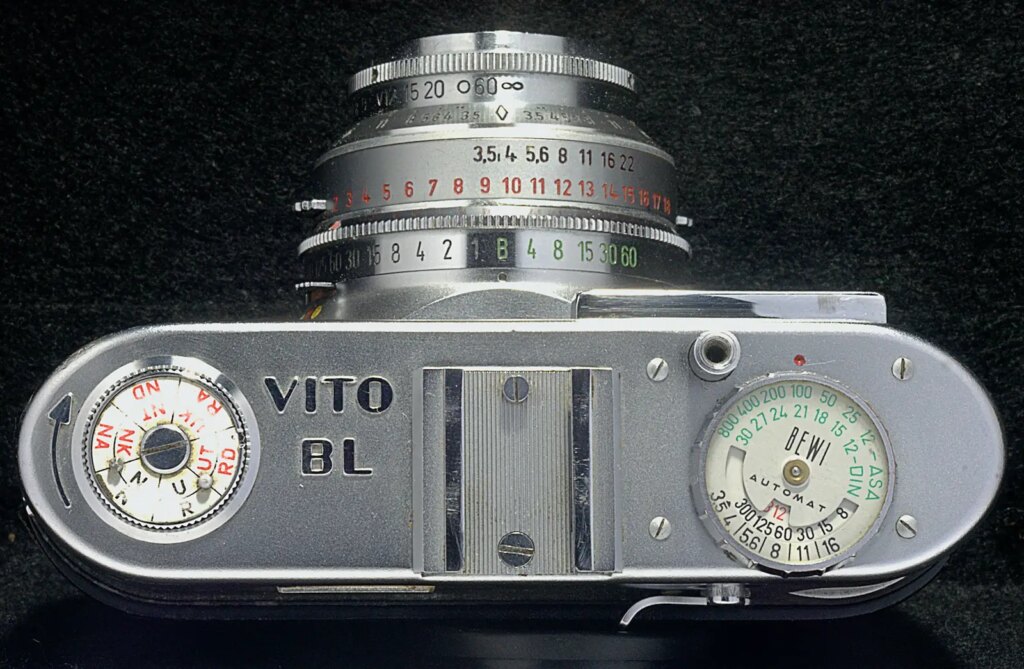
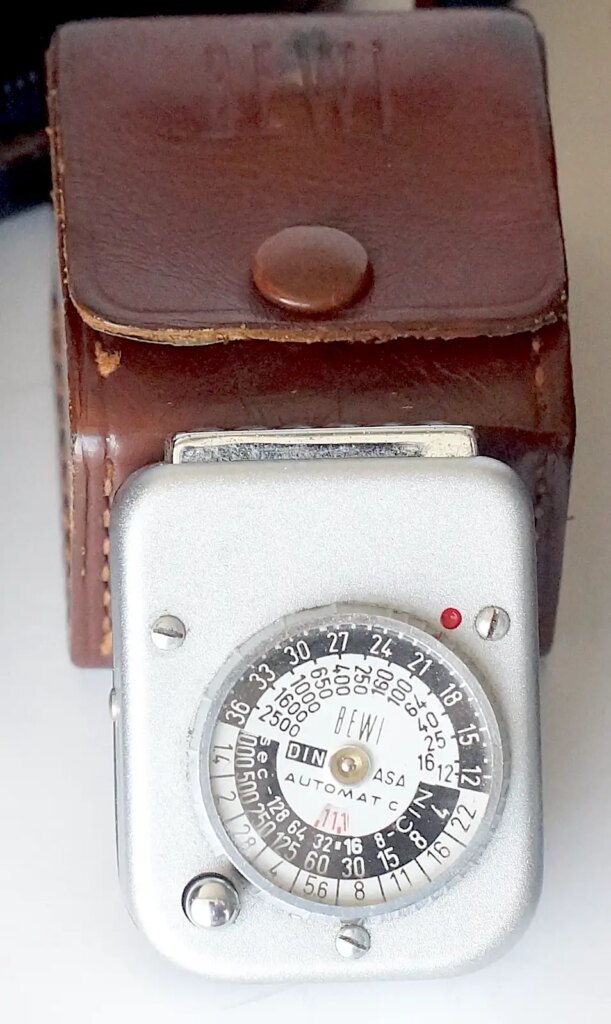
Operation of the Bewi is interesting. A reading is taken by pressing and holding a button which spins the dial all the way counter clockwise. On release, the dial returns clockwise until it reaches a stop, set by the light measurement it has made. I have found this can vary a little out of doors but in this case three readings gave the same result. The same type was built in to a Voigtländer Vito BL which I used for a while and was reliable.
Selenium cells loose sensitivity if they are exposed to light for long periods. A meter can be completely dead in these circumstances. All three hand held meters must have lived in their cases, protecting the cells from light, which seems to have preserved their sensitivity. Mine have clearly lived a sheltered life.
So, the answer to the question is a qualified yes. If an older meter gives a reading close to a modern one on an average subject then it can be trusted, bearing in mind there might be some overexposure indicated on a pre-1980s model.
Share this post:









Comments
Floyd Takeuchi on Is my Old Light Meter Reliable? A Little Test and the Results
Comment posted: 17/05/2023
Comment posted: 17/05/2023
MIchael on Is my Old Light Meter Reliable? A Little Test and the Results
Comment posted: 17/05/2023
Comment posted: 17/05/2023
Jim Scheffler on Is my Old Light Meter Reliable? A Little Test and the Results
Comment posted: 17/05/2023
The Sekonic has been in my "permanent collection" for many years, but the needle still responds to light and the exposure data seem pretty close to my Canon 5D.
Thanks for contributing a great primer for hand held meters which still have a place in the digital and now reviving analog photographic world.
Comment posted: 17/05/2023
JC Duarte on Is my Old Light Meter Reliable? A Little Test and the Results
Comment posted: 17/05/2023
Since it was build to be used in studio works, we must point the meter to the face of the model. It consider that we is working with a Caucasian model that, in regular conditions, has something as 36% of reflectance.
Most of the meters, including the TTL, consider an average of 18% of reflectance.
I had that problem some 40 years ago and correct the grid, covering part of it, until it gives the result as any other meter. Hand held or TTL.
The same “problem”, or way of work, can be found on the Seconic Dualmaster L-558, when using it as a spotmeter. I had to correct it, comparing with others spotmeters.
Comment posted: 17/05/2023
Kodachromeguy on Is my Old Light Meter Reliable? A Little Test and the Results
Comment posted: 19/05/2023
In the 1980s and 1990s, I had a 1959-vintage Rolleiflex 3.5E with a Gossen selenium light meter, with the cell located above the name plate. In that case, I set the meter film speed exactly like the film I intended to use. And exposures were amazingly correct. So that meter must have been set for the modern calibration.
The Gossen meter in my 1960s Rolleiflex 3.5F Type 4 also worked correctly at the set film speed.
Comment posted: 19/05/2023
Comment posted: 19/05/2023
Comment posted: 19/05/2023
Richard Novak on Is my Old Light Meter Reliable? A Little Test and the Results
Comment posted: 31/05/2023
Tony Warren on Is my Old Light Meter Reliable? A Little Test and the Results
Comment posted: 31/05/2023
My original dating was, I confess, not based on research, just one of things you know…you know! The regular revision of standards also leads to a plethora of dates popping up.
So thank you once again for this correction which has added to my knowledge of the subject and helped clarify some points.
Alasdair Mackintosh on Is my Old Light Meter Reliable? A Little Test and the Results
Comment posted: 22/12/2023
All of this is a rather roundabout way of saying that if you are using an old meter, I don't think you need to convert from pre-1960 ASA to modem film ISO value. I have an old Weston II, and if I use the conversion table that you illustrated (80 Weston == 100 ISO) it seems to be accurate, and agrees with my modern meters.
The fact that film speeds could just be revised in this way is probably why photographers like Ansel Adams advised us to create our own exposure indices for the films we used ;-)
Comment posted: 22/12/2023